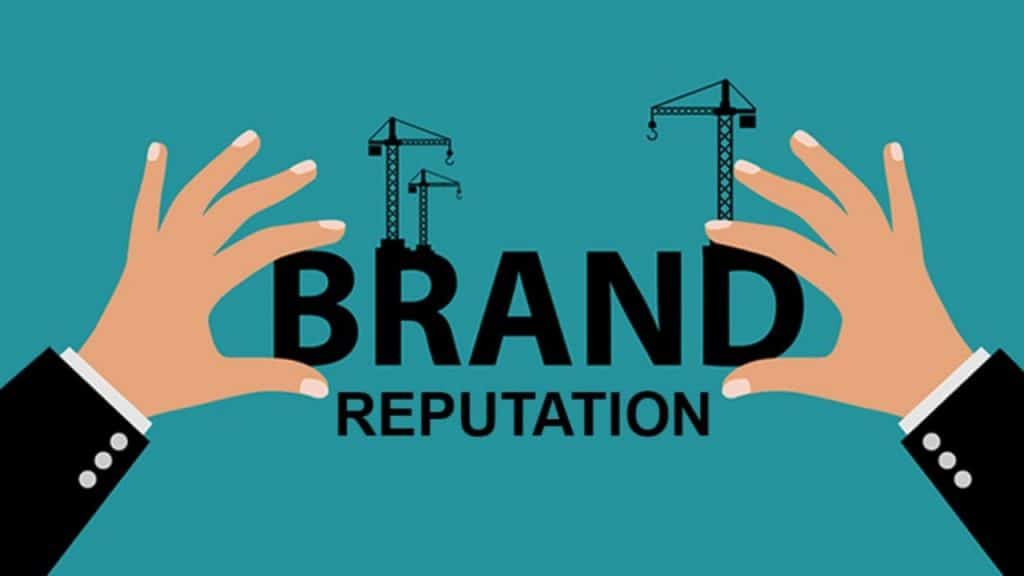What are brand assets and their importance is a common question among new entrepreneurs. They’re recognizable resources for design and marketing, forming a company’s personality.
Brand assets are vital for every creative and marketing team to coordinate workflows and collaborate on projects. It helps marketers connect with customers and improve their credibility.
Are you a new entrepreneur asking what are brand assets and their importance? We’ll define these elements and discuss their importance to improve your knowledge. Let’s get started.
What are brand assets?
Brand assets are recognizable marketing and design elements that embody a business identity. Furthermore, they’re a vital part of building brand reputation and helping marketers connect with their customers emotionally to generate leads.
These assets are typically visual illustrations, images, packaging, and logos that set an online company formation company apart. Non-visuals such as the company’s mission statement, brand promise, and tone of voice serve a similar purpose.
You must present these assets cohesively across various marketing channels for desired results. Lastly, it demonstrates credibility and authenticity and ensures brand consistency.
What are the Key brand assets to establish?
Brand names, logos, slogans, taglines, and color palettes are essential assets to establish when setting up a company online. Others include audio, photographs, videos, and typography. Let’s dig into the details:
Brand name
Before your company formation registration, consider developing a meaningful, catchy, easy-to-remember name. Besides, most successful companies select a naming style or use an acronym with letters revolving around the founder or product.
Logos
Logos are the best way to give customers a quick visual cue of your company. Creating a recognizable logo is crucial to a successful branding strategy and marketing. It could take multiple size and color variations for proper use in different marketing materials.
Taglines and Slogans
These are short phrases that help customers associate with a product or service. Examples of famous slogans include Allstate’s “You’re in good hands” and Nike’s “Just do it.”
Furthermore, consider pairing your taglines with the company logo to solidify your brand identity and enhance campaign effects.
Color palette
Color is crucial for first impressions because it’s your brand’s overall appearance. Choose your combination carefully and select those that align with your company identity to evoke the audience’s emotions. A perfect example is Microsoft’s eye-catching bold scheme synonymous with its products.
Audio
Incorporate your business online and consider creating a catchy audio recording to stick your brand in consumers’ minds. Besides, it could be an advert jingle or a short project outlining the benefits of your company’s products or services.
Photographs
Quality photography can differentiate a brand from competitors. Pay attention to every detail before choosing an image that communicates professionalism and portrays your company’s identity.
Videos
Creating a catchy video is another excellent way to evoke positive interests and emotions from the target audience. Giving customers an inside look into your brand can help build trust and credibility.
Why are brand assets important?
After the company formation online, brand assets are essential for marketing strategies and other various reasons, some of which include the following:
Brand assets build trust
These assets build trust by presenting a unified brand with excellent products or services. Customers begin having high expectations and associate high quality with your company.
Building a reliable reputation for increased conversion sets you apart from competitors in a two-part process.
Delivering great services or providing excellent products that meet customer needs comes first. Ensuring the audience chooses your brand over others is another. Most clients choose companies because they expect a positive experience.
Whether providing excellent products or outstanding services, connect and communicate with customers through your brand assets. Besides, it often leads to long-lasting and trustworthy relationships.
Brand assets improve ROIs
Consider prioritizing consistent branding to increase your ad spending return on investment (ROI) and save money. Repeating your marketing assets puts it in the face of your audience every time, which makes them familiar with your brand.
Familiarity is crucial in the customer journey because of its exposure effect. It makes people like something more due to their previous exposure to it. Most successful companies familiarize their brands with audiences to make buying from them a habit.
Brand assets strengthen brand identity
Most companies with a strong brand identity have distinct foundations with guidelines. Furthermore, it should include specific instructions, conditions to use each asset, and image specs arraigned cohesively.
Brand guidelines help you prevent misrepresentation, especially with a large team. Clear procedures for streamlining content production are crucial for a company with many stakeholders. Every design aspect should be consistent, from logo orientation to size and color combinations.
Develop your brand assets with ease
Now you can answer the question, “What are brand assets and their importance?” Consider improving every section of the company design by auditing your present and future branding elements.
Compile these components in a folder or list and gather feedback using a customer journey map. Focus on the clients group while auditing the process and get insights into what they think about your brand and how they perceive it.
Experimenting and testing the rebranded materials improve your confidence in the strategy. After compiling your most influential brand assets, organize and streamline them using a brand management tool.








